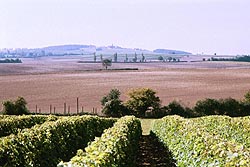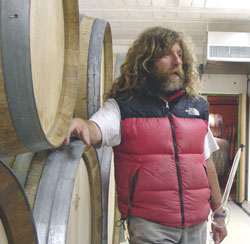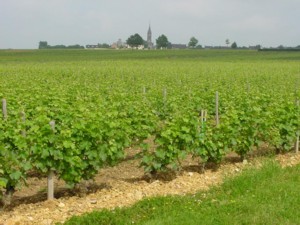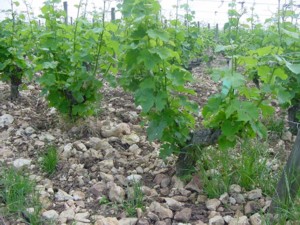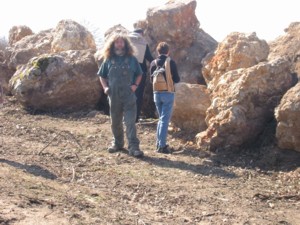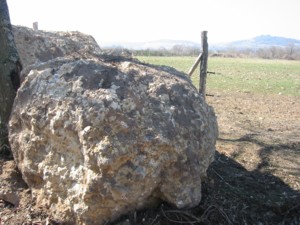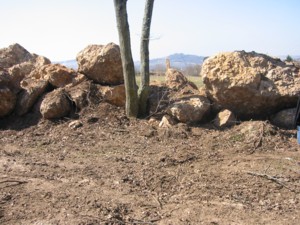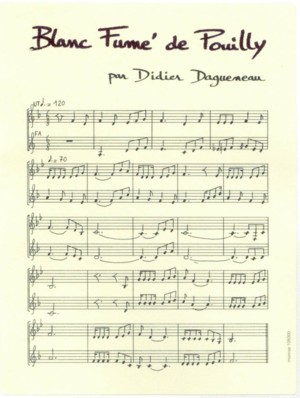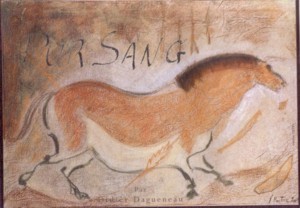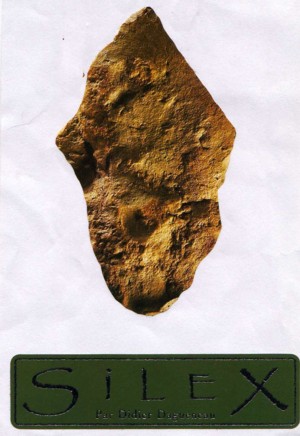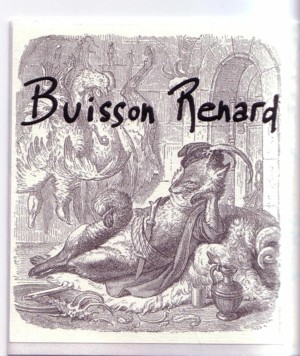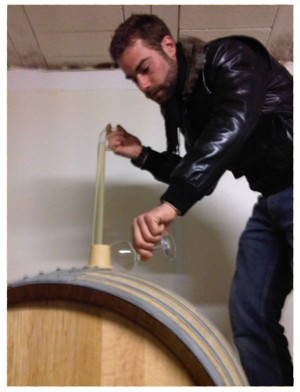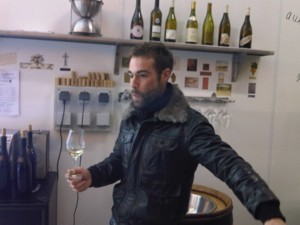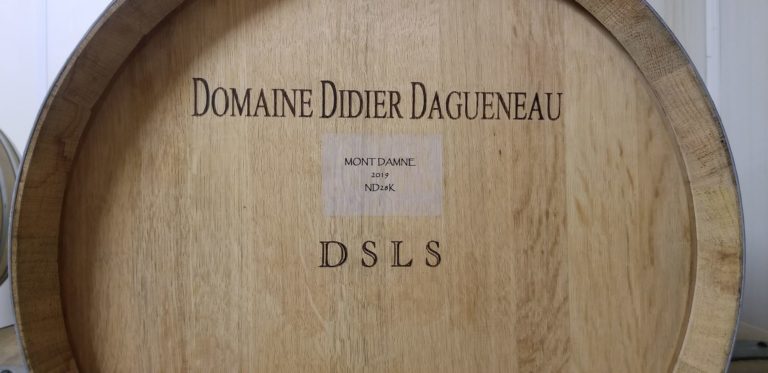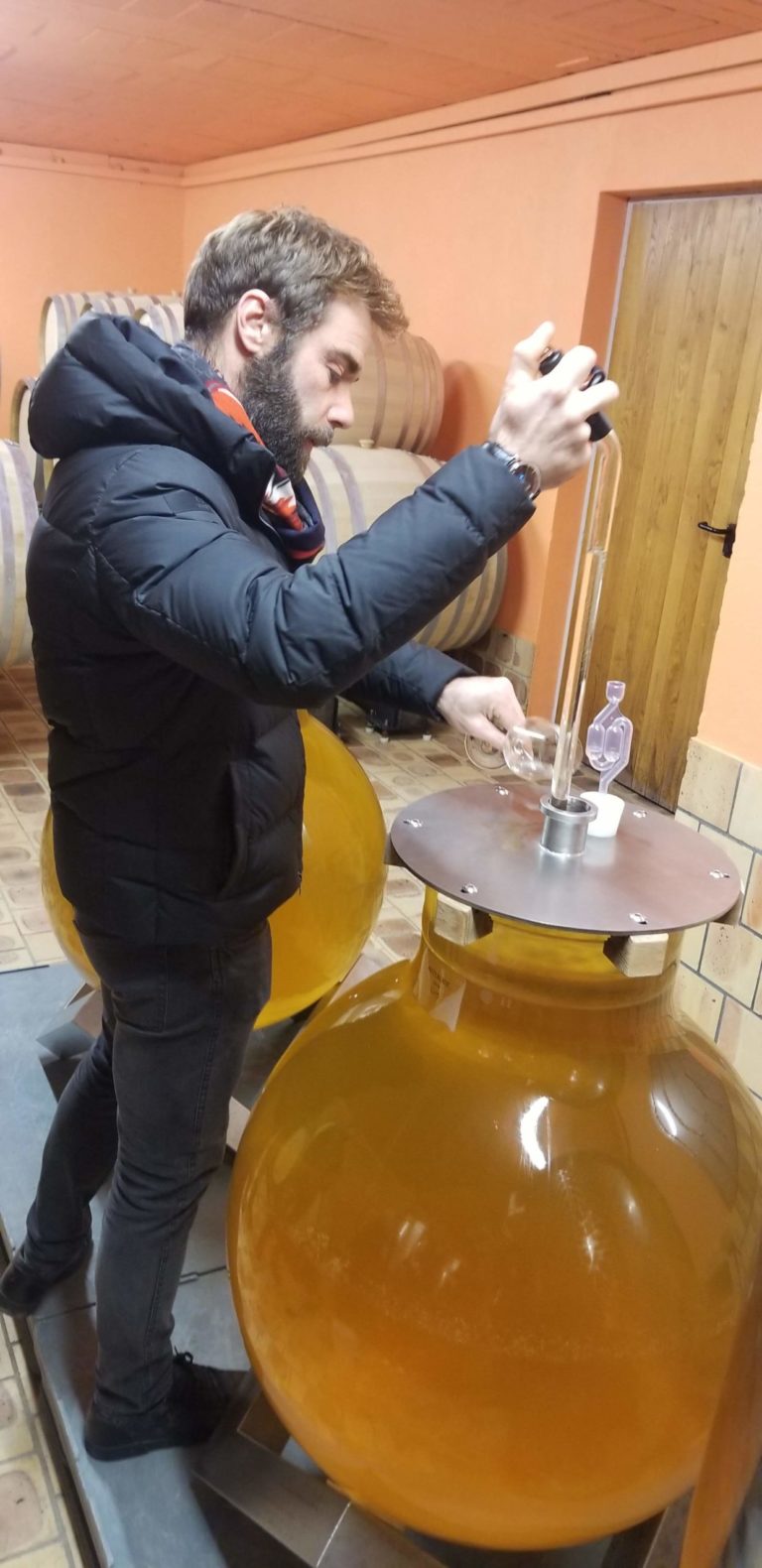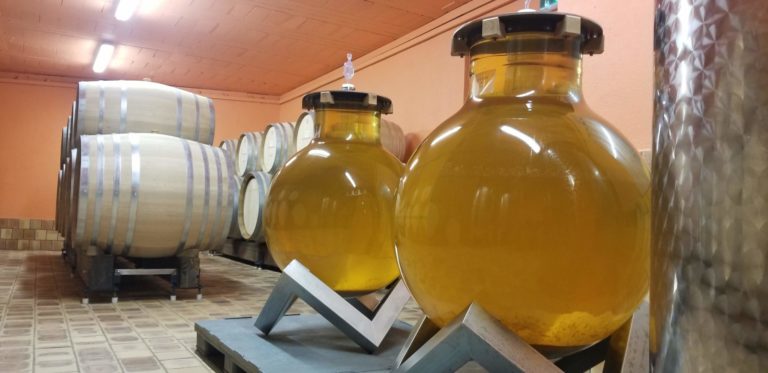There are few winemakers in history as bullish or brazen, roguish or renegade, as the Loire Valley’s Didier Dagueneau. High-standards, incredible risk-taking, impeccable attention to detail, zealous allegiance to his terroir, and a willingness to take a stand against convention made this once-professional motorcycle sidecar racer the stuff of legends. Born in the Nièvre, where Burgundy meets the Loire Valley, Didier was the fourth generation in a family of winegrowers. In 1982, just after returning to his native village of Saint Andelain just outside of Pouilly-sur-Loire, Didier set his new career as vigneron in motion, and in typical form, there were no half-measures. Influenced by wine legend Henri Jayer of Burgundy, his grandfather Louis Dagueneau, André Chabanne of Pouilly-sur-Loire, enologist Denis Dubourdieux of Bordeaux, and Professor Renaud of the Pasteur Institut in Paris, Didier quickly found his own style. By fusing modern winemaking with ultra-traditional methods of vineyard management, he was able to realize the ultimate expression of terroir and technique.
His passion for motorcycle racing moved to international dog-sled racing, for which he won both the European and World Championships. However dare-devilish in both winemaking and in life, Didier’s untimely death in a plane crash in 2008 shook the wine community to its core. Fortunately for all who love Didier’s wines, his son, Louis-Benjamin, is now steering the domaine with the audacity, passion and talent that many critics and wine-lovers agree equal those of his father. Didier’s were no small shoes to fill, but Louis-Benjamin, now with several harvests under his belt, has more than proven to be up to the task. In fact, he has brought new energy to an enterprise that was already considered at the top of its game. While the solar panels on the winery roof are an immediate tipoff that the younger Dagueneau is reaching for new heights, tasting his vintages beginning with 2008 are proof that they he stands equal to his father.
Over the decades, the Dagueneaus have slowly expanded their holdings from their first 1.2-ha parcel of Sauvignon Blanc to 12 hectares of Sauvignon Blanc and some Petit Manseng. In addition to producing memorable cuvees from his vineyards in Saint Andelain, they farm vineyards in Sancerre and Jurançon. Flint and clay dominate the vineyards in Pouilly, chalky limestone in Sancerre, and clay and rounded limestone in Jurançon—all lending terrific mineral intensity to the wines.
What sets the Dagueneaus apart is their balance of the new and the old, including an unwillingness to buy into some of the more dogmatic practices of organic and biodynamic farming. They tend to their Pouilly Fumé vineyards by making every attempt possible to respect the life and the soul of the soil. Using the techniques favored by the old-timers of the village, the yields are kept low at 45 hl/ha, only 75% of that of their neighbors. They employ twice the number of workers than a conventional winery to give extra attention to the vineyards. Weather posts are placed strategically throughout the vineyards to help determine the best treatments and minimize the usage of copper sulfate, ideally less than is permitted in both organic and biodynamic farming. All the grapes are picked manually and completely de-stemmed.
Once in the cellar, the grapes are pressed gently. The must is then left to settle at cold temperatures (generally 3 to 5°C) for anywhere from 12 to 36 hours before the wines are racked into and fermented in oak barrels. The wines are then left on their lees for 12 months and are racked into stainless steel vats, where they age for an additional six months on fine lees. Bottled unfined and filtered, and free of enzymes, these high-acid whites can often be austere in their youth. If cellared for a few years like white Burgundy, they expand, exploding with an unparalleled complexity of fruit and terroir. Louis-Benjamin is a force in both the vineyards and the cellars.





